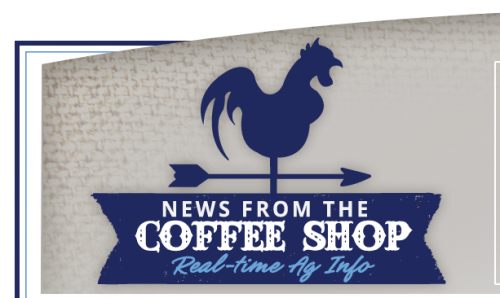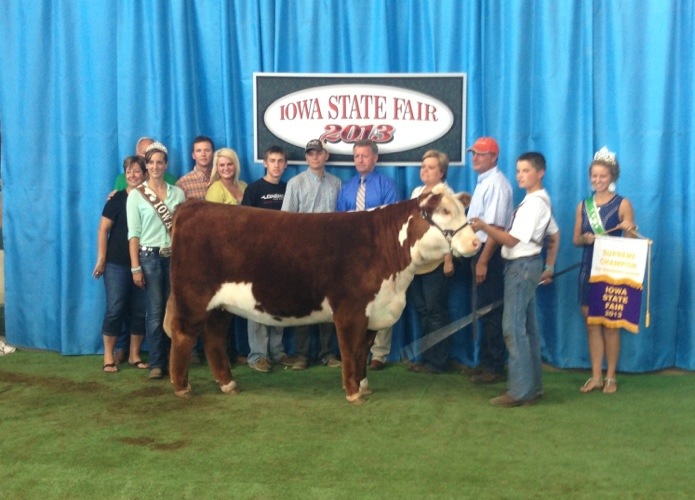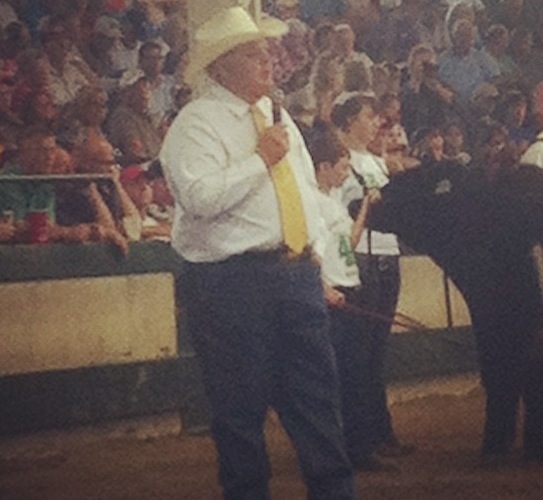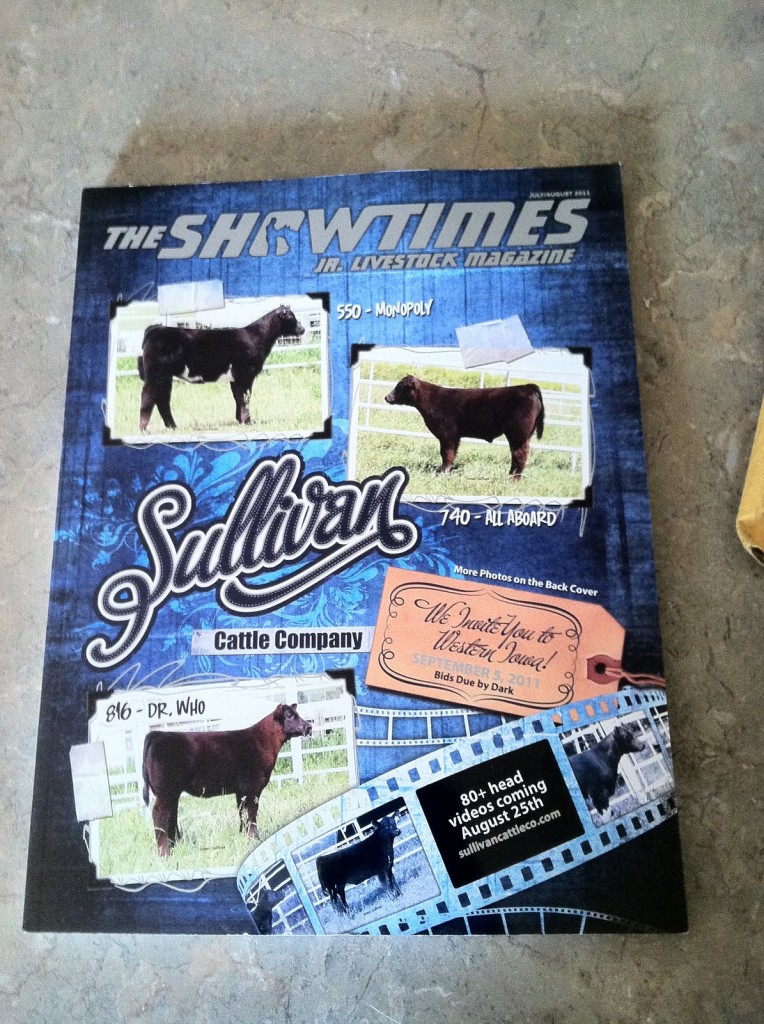Agricultural Themes for All Investors
by Chris Bailey, The Motley Fool
A comment that 'the world needs to double food production by 2050', followed up by 'historic rates of yield growth would lead to significant shortfalls', deserves to capture the attention.
These comments were made a couple of weeks ago by a leading seeds and crop protection company - Syngenta . This not only captured my attention but got me thinking about whether these predictions could lead to investment opportunities.
Science, productivity and higher price
Syngenta's comments about yield growth are very relevant for their business. Scientific research by the company and its peers - like Monsanto - have led to progressively superior higher yielding seeds in many different crops and cereals. Most years, a new seed variant is launched with superior yield and/or disease fighting capability compared to the previous year's version. This new seed usually carries a hefty price premium, and the science behind it can be used in the patent courts to protect a company's position.
These business characteristics were very apparent in the last results update from the company, in which they talked about an ability to keep on raising prices and generating higher earnings across their global market position. Not many companies will talk about sales growth of 8% a year until 2020 with higher margins, but Syngenta did. In terms of a strong medium-term investment story, i took a lot of comfort from this statement.
An ability to raise prices should be viewed as a positive characteristic of any company. Syngenta's investment story essentially comes down to the productivity benefit for farmers from using their seed product. What other ways could we think about improving agricultural productivity?
The rise of the machines
Another potential productivity booster are machines. There are still plenty of farms in the world which rely on human and animal power, but really, I am talking about different types of tractors and other agricultural machines. The world leader in this area is Deere & Co. .
The company confirmed during its recent conference call that "earnings and sales were the highest of any third quarter in the company's history and it marked our 13th quarter in a row of record profits". This sounds promising. What were the reasons for this?
Once again we come back to strong pricing power. Across its entire range of operations, the company reported good progress on the pricing front, as farmers saw the productivity benefit of investing in new machines. This was particularly true in big growth areas for the company such as South America.
Deere & Co's advantage over its peers rests not only on its machines but also with the global manufacturing and financing operations the company has. Not only does this mean local tweaks to machines to make them as optimal as possible for the local market. It additionally means offering a financing option for farmers if they don't want to buy a machine outright immediately. Just as the auto companies of the world now make much of their profits via their financing arms, this is a burgeoning growth area for Deere & Co.
Pricing up protein
So farmers appear prepared to pay for productivity enhancers such as seeds and agricultural machines. The other big player in the agricultural chain is the consumer. What are they prepared to pay up for in a world that 'needs to double food production by 2050'?
The answer is protein. Tyson Foods is the leading American company across the protein food chain - i.e. chicken, beef, pork - and in its latest corporate presentation it, too, quoted the statistics previously highlighted by Syngenta about a doubling in the food requirement globally by 2050.
Livestock production has historically been a volatile business. However the strong pricing we saw from Syngenta and Deere & Co was also apparent in the latest financial disclosures by Tyson Foods. All four divisions of the company saw price rises in a range of 2.9-6%. This is impressive.
Tyson is another beneficiary of the improvement in the agricultural chain which, in its case, is specifically rising meat consumption in the emerging markets, particularly in Asia. This trend is at the heart of why Tyson's largest US-listed peer Smithfield was recently subject to a bid from Shuanghui International of China. The rising wealth and population of the emerging markets over time will further this theme and provides a great range of opportunities for a company like Tyson Foods.
Bringing it all together
It is not controversial to believe that the world will need more food, but closer inspection of the issues shows that farmers and consumers are having to change their behaviors. This provides profitable opportunities for companies in areas as diverse as livestock, seeds and agricultural machinery and those who choose to invest in them











